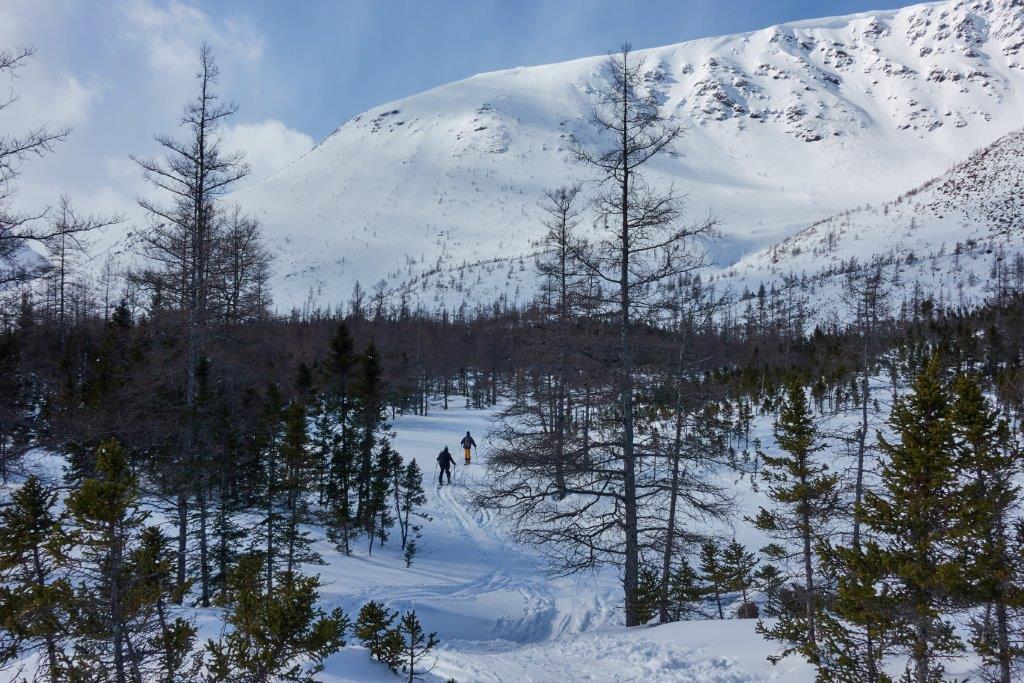Teenager’s snow cave becomes part of Canadian survival lore
Canadians have praised the teenager on social media for remaining so calm. Some have eve suggested he join a search and rescue team

Your support helps us to tell the story
From reproductive rights to climate change to Big Tech, The Independent is on the ground when the story is developing. Whether it's investigating the financials of Elon Musk's pro-Trump PAC or producing our latest documentary, 'The A Word', which shines a light on the American women fighting for reproductive rights, we know how important it is to parse out the facts from the messaging.
At such a critical moment in US history, we need reporters on the ground. Your donation allows us to keep sending journalists to speak to both sides of the story.
The Independent is trusted by Americans across the entire political spectrum. And unlike many other quality news outlets, we choose not to lock Americans out of our reporting and analysis with paywalls. We believe quality journalism should be available to everyone, paid for by those who can afford it.
Your support makes all the difference.In Canada, a country of rugged snow-covered mountains and frigid weather, there have long been extraordinary tales of winter survival.
There was the story of John Gow, who in 1969 survived a plane crash and five days in the mountains of British Columbia.
There was the two-year-old in Rouleau, Saskatchewan, who in late February 1994 was found frozen on her doorstep after five hours in below-zero weather, but miraculously lived.
And now there is Robert Waldner, a 17-year-old chess loving teenager who built an elaborate snow cave shelter in British Columbia last weekend after getting stranded on a mountain during a family outing. It is a feat of survival without the drama of a plane crash or frozen toddler but with a happy ending that has nevertheless captured Canadian imaginations during these pandemic times.
This latest tale of Canadian resilience took place this past Saturday when Robert, a 6 foot 4 high school athlete with a passion for biology, was separated from his father and brother while snowmobiling on a trail in Mica Mountain in central British Columbia.
With an elevation of roughly 7,200 feet, the mountain is known for its caribou population, its grizzly bears, now thankfully hibernating, and temperatures that can fall as low as minus 58 degrees Fahrenheit, according to Val Severin, a funeral director, who also works as a volunteer rescue manager at South Cariboo Search and Rescue, the group that rescued the teenager.
Robert was on a trail with his family, when his brother’s snowmobile suddenly stalled and his father went to help him.
The teenager sped ahead, he recalled, and by the time he realised he was alone he was in a remote and unfamiliar area. Robert said he tried to backtrack but the slope was steep, and so he rode his snowmobile down the trail to a meadow, where he gravitated toward a line of trees in search of shelter.
It was there, he said, that he came up with the idea of building a snow cave, which he constructed using a snow shovel to dig a hole in the ground about 7 feet deep, more than 3 feet wide and about 7 feet in length. He used his hands to build a door with a hole underneath for ventilation and also shelves for his belongings. He said the moisture from his breath helped create a protective sheet of ice within the cave, keeping him warm. As the hours passed, he said he hunkered down, and steeled himself for a night inside the cave.
Robert said he also left the snowmobile in a visible area in the meadow where rescuers or a helicopter could see it.
The idea for the cave, he said, came from “improvising in the heat of the moment,” and he had also honed his cave-making skills while playing in the snow by his home, which is near 100 Mile House, a sleepy former mill town in British Columbia that was once a fur trading station. His instinct to build a shelter was all the more urgent since he had only half a ham sandwich and he worried his phone, which didn’t have a signal, would run out of power.
“It took me about two hours to build it,” he said. “I was shivering, so I couldn’t sleep. But I was confident that my structure would allow me to survive. I also thought I would be rescued and was more bored than scared.”
His mother, Denise Waldner, an accountant originally from Zurich, said that she had been overcome by anxiety, fearful that he had been in a snowmobile wreck. “Next time he will have a tarp, a fire-starter and a lot more food,” she said in an interview.
At 4pm, after the teenager’s family realised he was missing, they spent two hours searching for him, before calling the search and rescue team, who sped to the snowmobiling trail.
Robert said he was relieved when the rescuers found him at 10:43 pm “I was quite joyful,” he said, adding that being a hockey player had helped him to stay focused and calm.
On social media, Canadians have praised the teenager’s studious pragmatism, with some suggesting he join the scouts or a search and rescue team. Robert said he hoped to be an emergency room nurse or a paramedic.
Ms Severin said the cave was not only visually impressive but had been a canny shelter from the cold and the elements. She was not surprised it was already becoming part of Canadian survival lore.
“With all this pandemic bad news, we all need a happy ending right now,” she said.
The New York Times



Join our commenting forum
Join thought-provoking conversations, follow other Independent readers and see their replies
Comments